Flowers are one of nature’s most beautiful gifts, adding colour, fragrance and joy to our lives. But not all flowers bloom at the same month or even season of the year and some may only flower for a very short period of time. If you want to enjoy fresh flowers in your garden or home throughout the year, you need to plan ahead and choose the right plants for each month. Here today we will introduce you to 12 flowers that you can grow in your own garden, one for each month of the year. These flowers will provide you with a continuous display of blooms, all the way from January to the festivities of the following December. Whether you have a large or small space, a sunny or shady garden, a preference for annuals or perennials, a favourite colour in mind, you will find a flower that suits your needs and tastes. Read on to discover a flower for every month of the year and how to grow them for the best results.
January – The Snowdrop
A familiar sight in woodlands and parks in winter, the Common Snowdrop (Latin name, Galanthus Nivalis) can even appear before the start of the year in warmer parts of the country but is normally at its best in January and February. Grown from bulbs the Snowdrop has green foliage and produces a single white bell-shaped flower. They grow to a height of around 15cm.
They are best suited to a partially shaded location and grow well under deciduous trees or in the shade of larger plants or shrubs. Plant the bulbs in late Autumn and ensure they are well watered until they start to appear. Snowdrops will grow in most soils so long as it is moist and well-drained. Avoid areas that get very dry during the Summer. After they have died back you can divide and replant the bulbs or alternatively divide them “in the Green” which simply means lifting them and replanting them whilst they are actually growing,

February- The Crocus
A good choice for late winter colour Crocuses come in a variety of colours including white, yellow, orange and purple. A small flower grown from bulbs (known as corms) they reach a height of between 7 and 10 cm.
Most varieties like a lot of sun but they can be grown in a partially shaded area. You should plant the bulbs during Autumn and ensure you place the pointed end upwards and flat end downwards. The depth to plant will usually be between 5 and 10cm depending on the variety. They grow in most soils as long as they are well-drained. Crocuses multiply and you can propagate them in the Autumn by digging up the clumps and replanting as required.
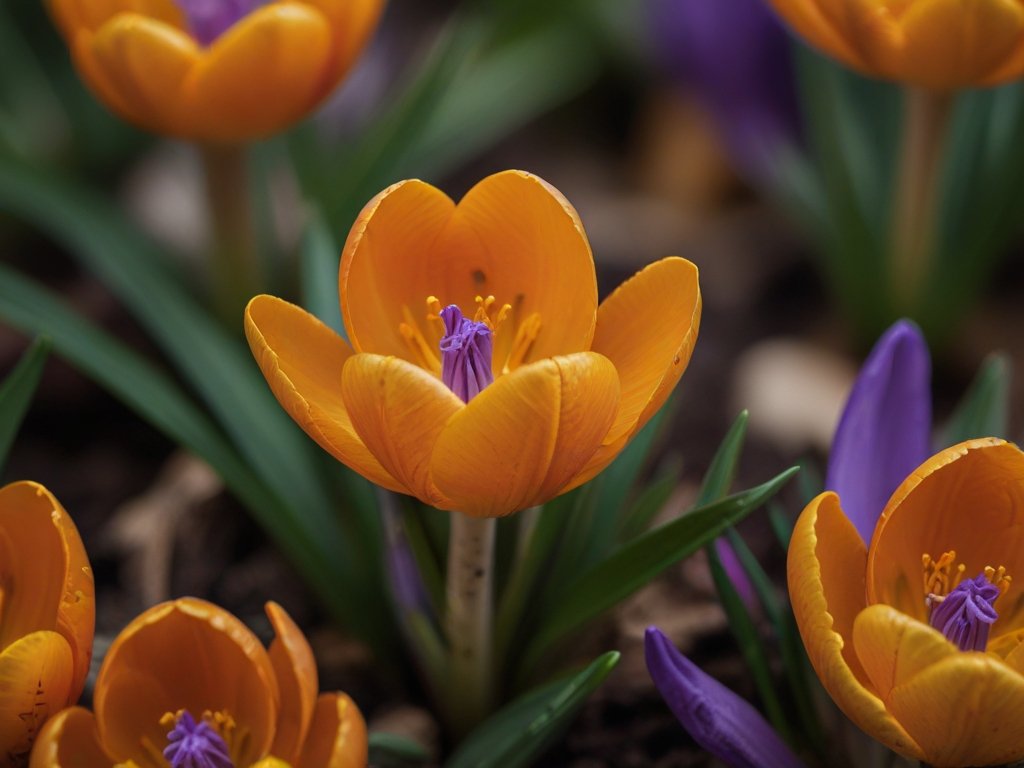
March- The Daffodil
Undoubtedly the most familiar Spring flowers to non-gardeners, Daffodils grow from bulbs and are often planted by councils and other official bodies on roadsides, roundabouts and parks. The most recognizable daffodils are the yellow ones, but they come in a range of colours including white, cream and orange. They have a long green stem with a single flower that has petals surrounding a central trumpet.
Daffodils are best suited to full sun, but some varieties will cope with a slightly shaded location. You should plant the bulbs in Autumn at a depth of three times the bulb length. They can be planted in groups in your borders and are also suitable for containers. They will grow in most types of soil as long as it is well drained and fertile. You should add some fertilizer or organic matter before planting.
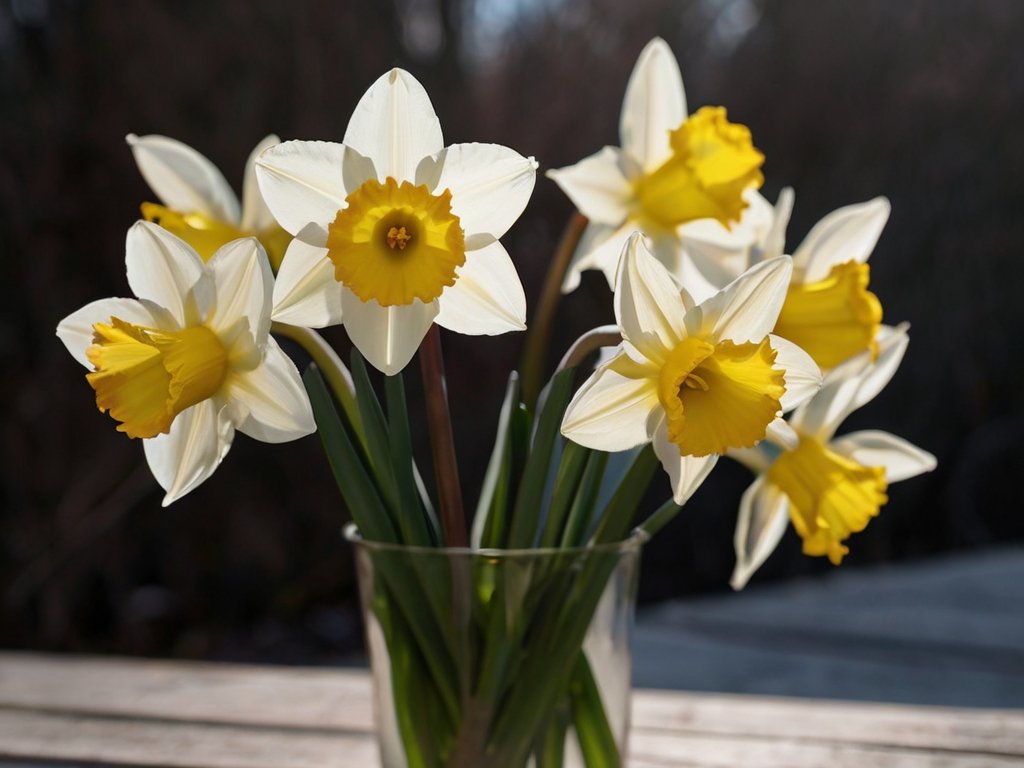
April- The Tulip
Another flower grown from bulbs Tulips produce large bright flowers that come in colours including yellow, red, orange, pink and purple. They have a single green stem which usually has one large flower in a sort of cup shape. They vary in height widely with most varieties growing to between 25 and 50 cm tall.
They are well suited to full sun in a well-drained soil but will cope with most conditions apart from heavy clay which gets waterlogged. Plant the bulbs in late Autumn with the pointed end pointing upwards at a depth of around three times the bulbs length. They are a perennial plant but compared to daffodils or crocus they don’t reappear as reliably and for best results it is worth planting fresh bulbs each year.
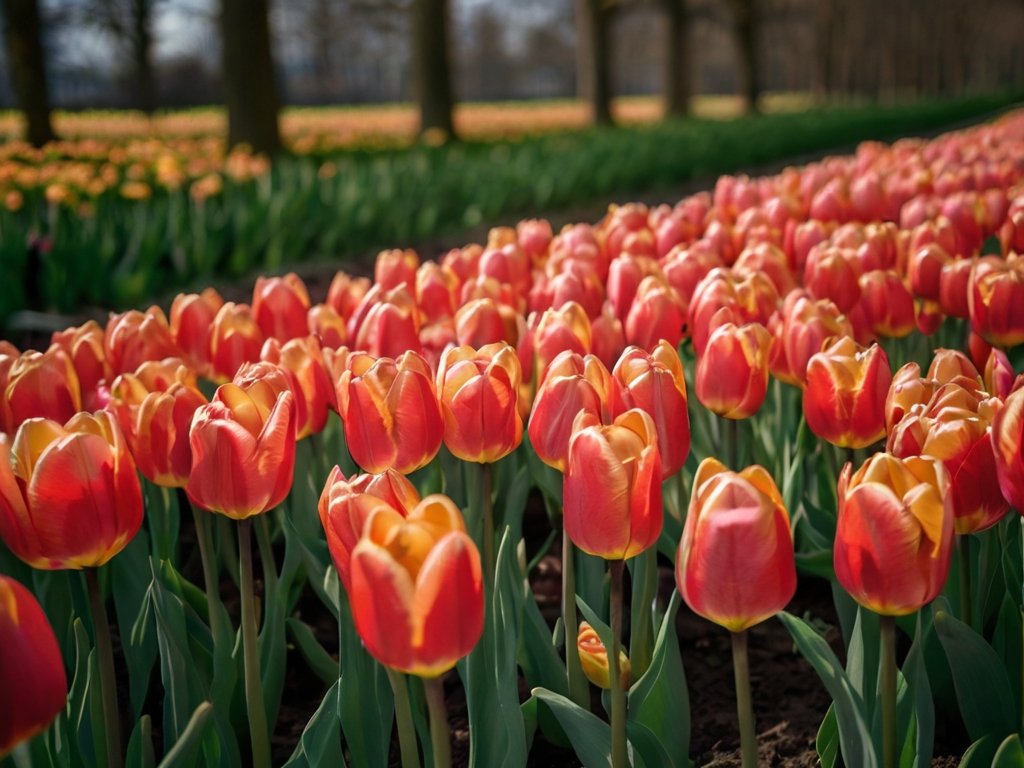
May- The Bluebell
Probably most well known for being a woodland plant that provides a wonderful sight in late Spring the bluebell is usually a violet blue colour although there are white and pink varieties. They are a bulb that grows to a height of between 30-40cm with a green stem that produces a bell-shaped flower hanging from one side of the top.
Best suited by partial shade in a well-drained soil you can plant bulbs in the Autumn, but they do better when planted “in the green” in late Spring. When you do this, you should make sure that you replant at the same depth as they were at before. Add fertilizer or organic matter to improve your soil before planting.
It should be noted that Bluebells are a protected species so you should never pick or dig up any that you find in your local woodland or park.
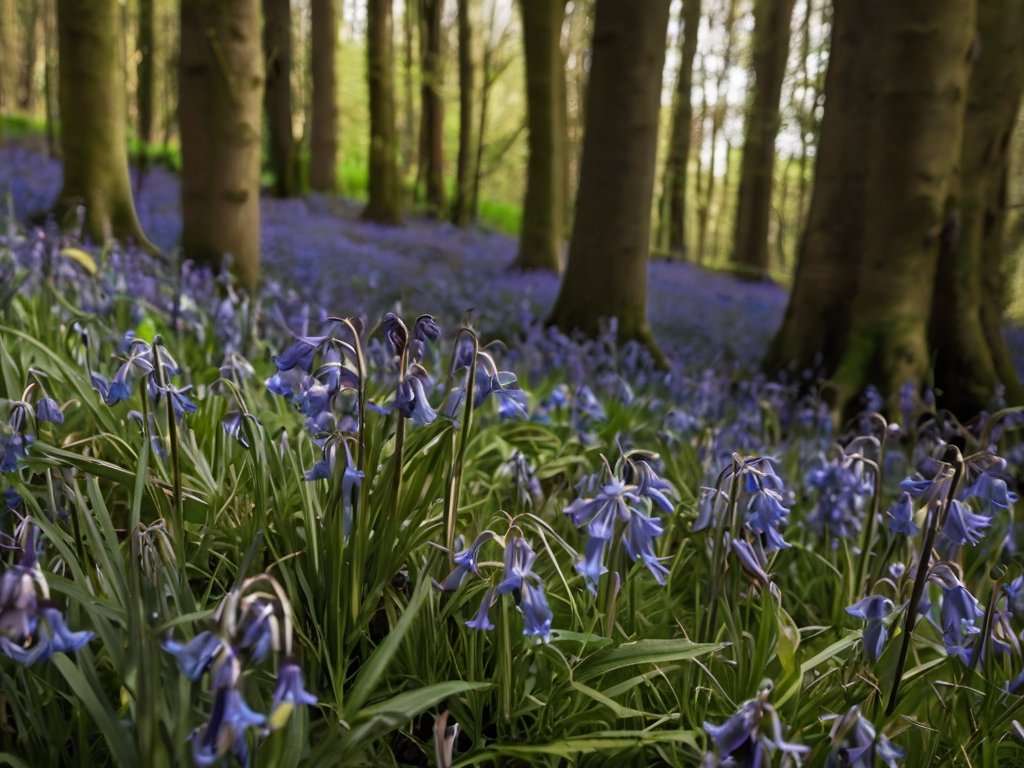
June- The Rose
Roses may be most associated with love and Valentines Day in February but in gardens of the UK they start to bloom in June. The most iconic rose colour is red but other common varieties are yellow, white or orange and there are a wide range of lesser-known colours. Rose plants come in a variety of types, but the familiar rose bush usually grows to a maximum height of about 2m. The stems have thorns and leaves with toothy edges.
Roses can be planted in either late Autumn or early spring in a sunny but sheltered area in fertile well drained soil. You can also take cuttings, and this is best done in late Summer. Rose plants can last for a long time and for best results you should feed them a high nitrogen fertilizer and prune them annually in late Summer. Deadheading will also encourage more flowers.
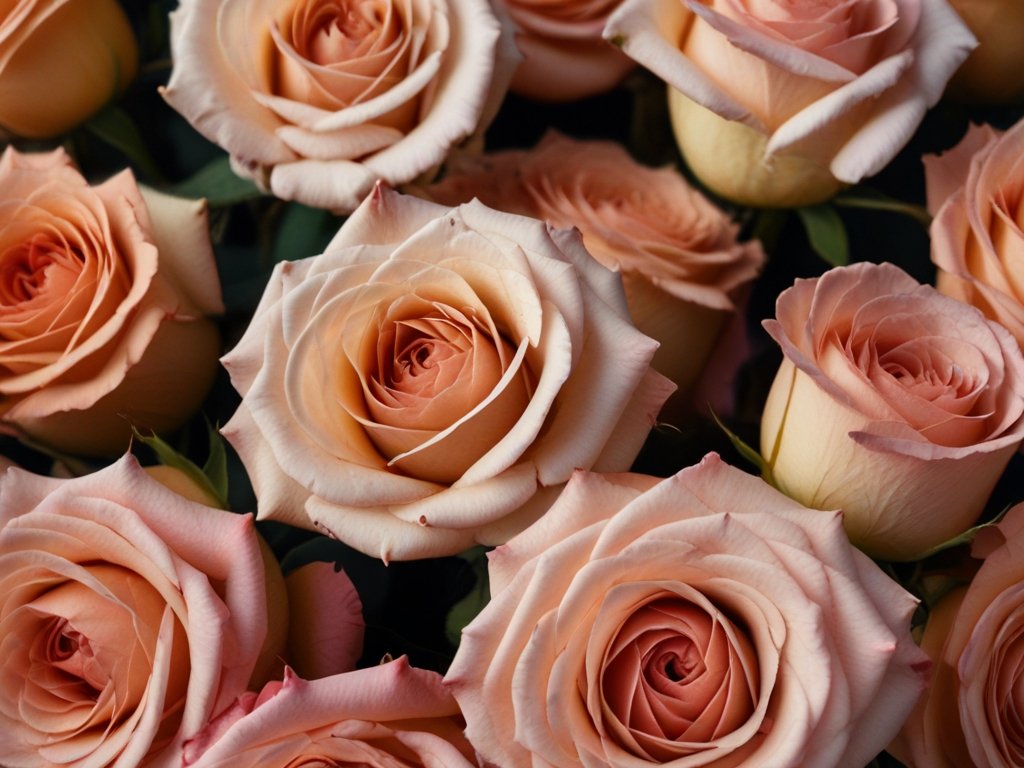
July- The Hollyhock
Hollyhocks are a great choice for some midsummer blooms with their flowering season starting In July and stretching through to September. A tall flower that grows up to 2m in height they come in a variety of colours including blue, pink, yellow, white and red. The flowers are large and plentiful growing along the stem.
Hollyhocks are easily seeded in the Spring and will self-seed themselves. You can also propagate them by taking cuttings. They are easy to grow in most soils but like a well-drained moist one. Full sun is preferred and due to their tall height, they do best in a sheltered area with some protection from the wind. For best results you should add fertilizer or organic matter before planting.
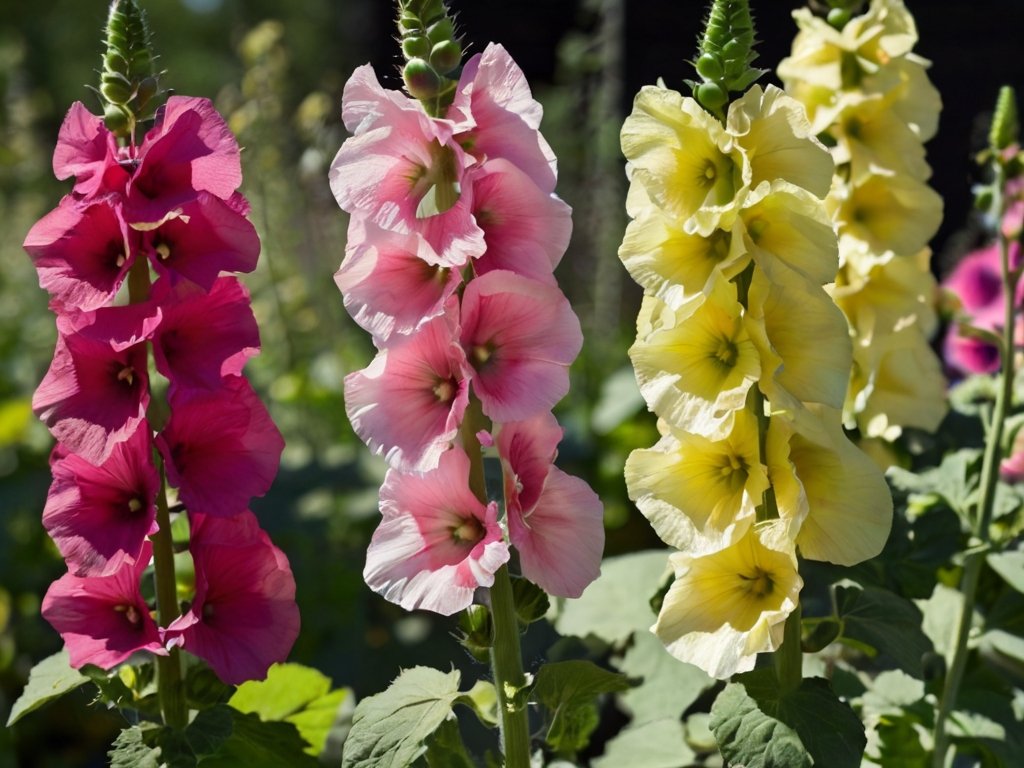
August- The Sunflower
Another instantly recognisable flower the Sunflower can flower as early as July but more often is a late summer bloom appearing in August. There are plenty of varieties most of which grow to less than a metre in height and even includes dwarf ones but the most well-known and fun to grow is the giant sunflower that can reach a height of 3m plus. These produce a large head full of sunflower seeds that the birds will love to feed off later in the year. Yellow may be the most familiar colour, but they also exist in red, cream and orange.
Sunflowers can be sown from seeds planted to a depth of 3cm, usually in April or May. As their name suggests they like full sun. They will grow in all decent soil which you can improve before planting by adding a general fertilizer or organic matter. When growing taller varieties choose a more sheltered spot that offers some wind protection. You will also need to provide a cane for support as they grow in height.
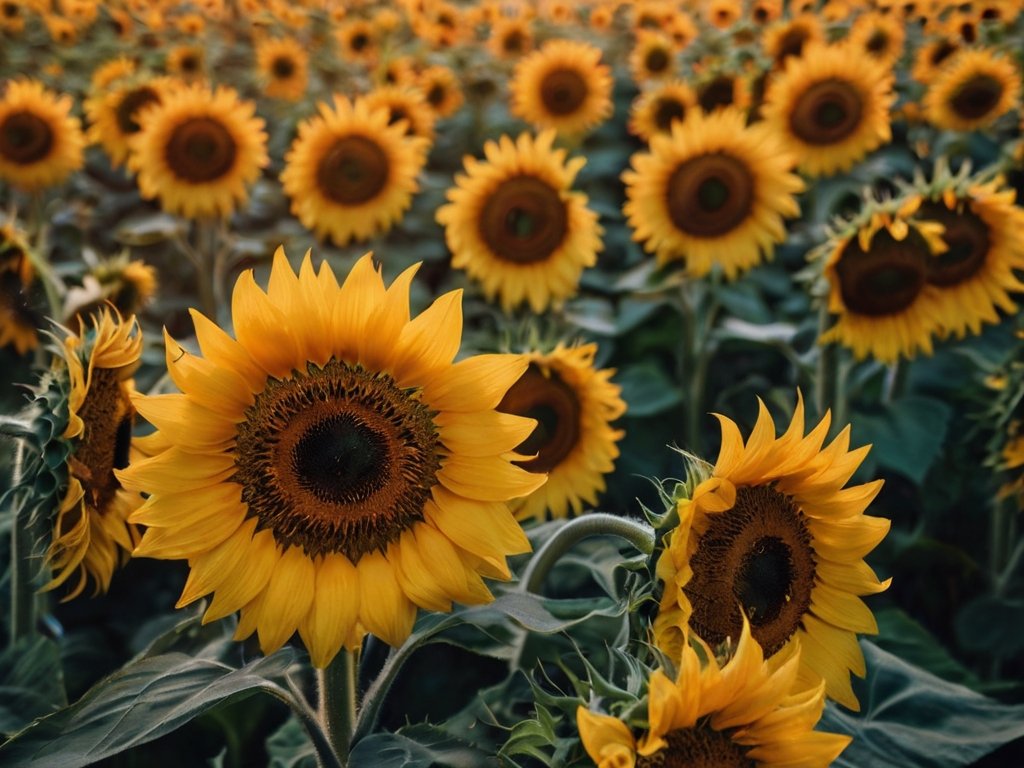
September- The Dahlia
Although dahlias can flower earlier September tends to be the month when they bloom the most. They come in a wide variety of shapes and sizes with a huge range of colours available from red, pink, purple, cream, yellow and many more. They range in height from around 25cm up to 1.5m. There are literally thousands of different types in existence so everyone should find the perfect variety for them.
Seeds can be planted in the middle of Spring, or you can buy plants in pots that can be transplanted directly into the ground when you bring them home. Dahlias like full sun and taller varieties will be best suited to a sheltered spot. They grow in most fertile well drained soil but aren’t suited to areas that get waterlogged in Winter. Deadhead the old blooms to increase the number of flowers.
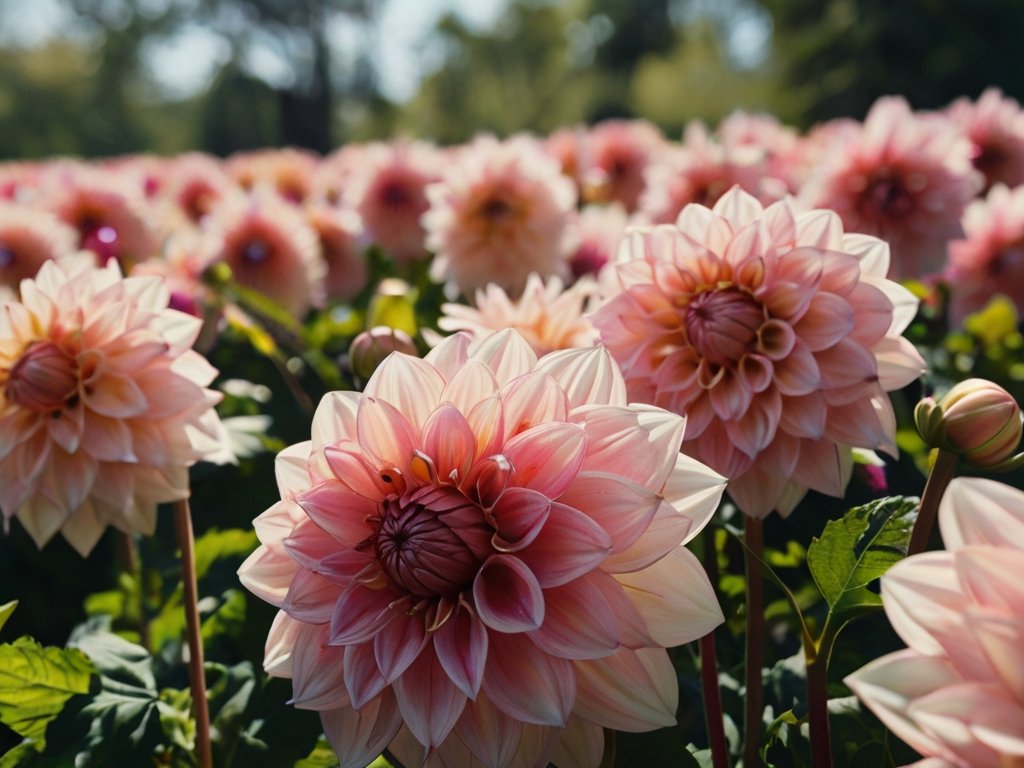
October- The Marigold
A common sight in British gardens from Summer onwards the marigold is one of two birth flowers for the month of October and will continue to flower until the hard frosts of early winter. They come in a range of sizes and colours includes red, yellow, orange and gold.
Marigold seeds are best started inside and transplanted out when the last Spring frosts have gone in mid to late May. You can also buy them from garden centres at various stages and then plant them out directly. They do best in full sun in any fertile well-drained soil. They need little looking after apart from watering in very dry periods and you can also deadhead them to encourage extra flowering if you wish.

November- The Chrysanthemum
One of the two birth flowers for November, the chrysanthemum will give colourful blooms late into the Autumn. They grow to around 1m in height and their flowers come in red, orange, white, pink and purple in varying shapes and sizes according to the variety.
They can be planted outside in Spring after the last frosts in rich fertile well-drained soil in a sunny and sheltered spot. For best results add fertilizer or organic matter before planting. They should be watered regularly to prevent the soil from drying out. Taller varieties may need support and you can also deadhead them to encourage extra flowers. Chrysanthemums are suitable for planting in containers which can be moved inside should severe frosts be forecast.
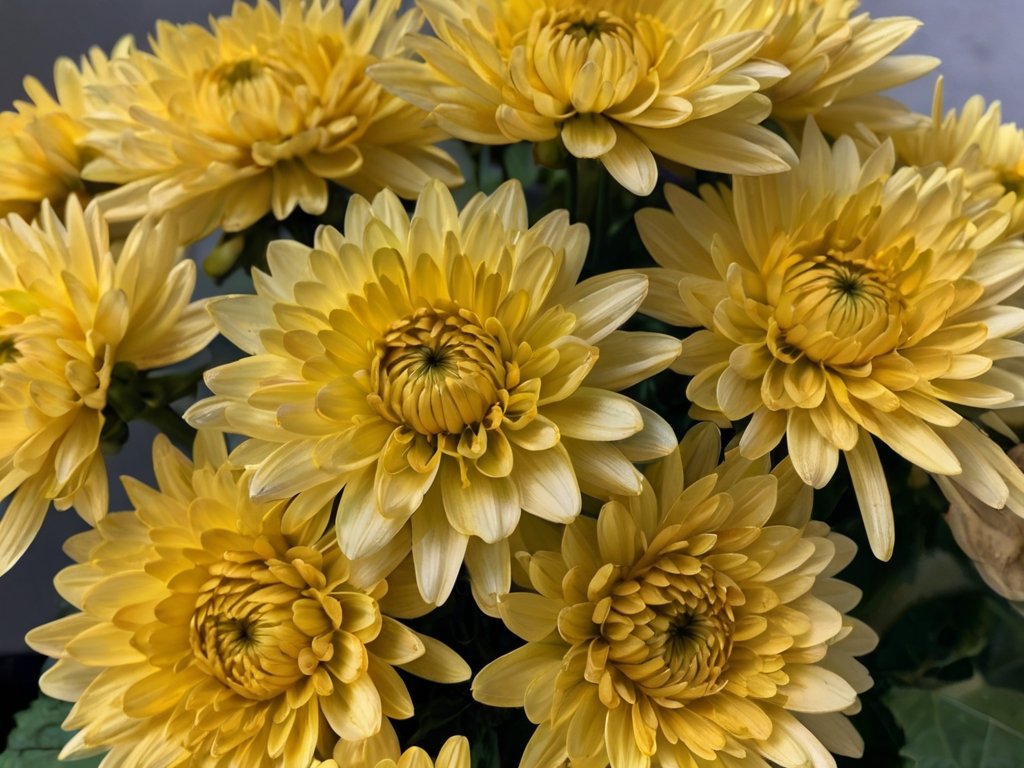
December- The Pansy
Winter pansies are a great choice to keep some colour in your garden throughout Winter when little else will grow. They are small plants growing to less than 30cm high in a range of colours that include blue, purple, red, white and yellow. They can be planted in either pots or directly in your flower borders.
Winter pansies can be planted from late summer onwards to allow them to become established before the colder weather. They like either full sun or partial shade and do best in a well-drained moist soil. For best results add organic matter or fertilizer before planting. Deadheading will encourage extra flowers.
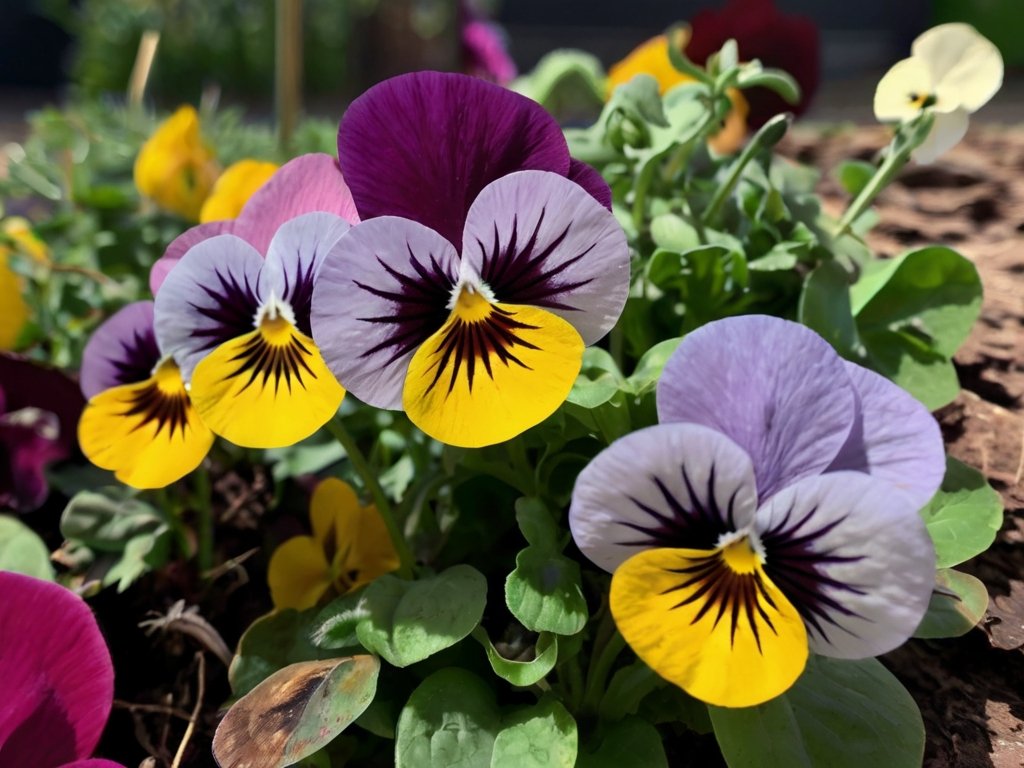
Summary
Flowers are often thought of as for Spring or Summer but its quite possible to have colourful flowers blooming in your garden all year round. Here we have given the most popular species for each month but there is an almost limitless choice on what you can decide to grow between May and October and plenty of other options for the colder months.
To be successful in having a garden that has flowering plants every day of the year you need to carefully choose both the types and varieties of flowers and when exactly to plant them in your garden. Different varieties of the same species can easily flower a couple of months apart and planting dates obviously impact the months they bloom. However, with a small amount of effort and planning anyone can ensure colour all year round in their garden.
